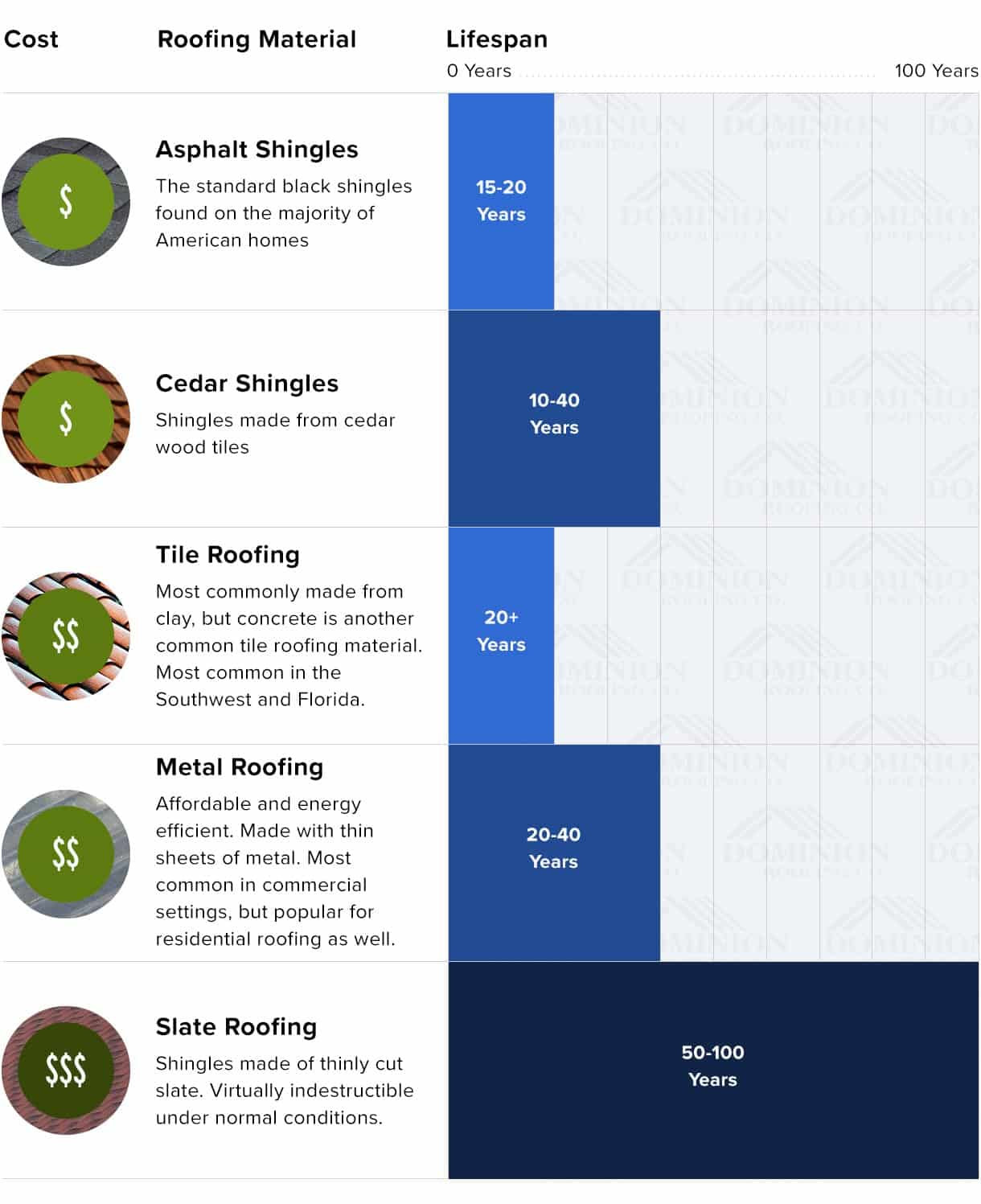When you're tackling a roof project, you might not believe much concerning roofing air flow, yet it's even more vital than you realize. Efficient air flow aids manage temperature level and wetness in your attic room, preventing troubles like mold and mildew and structural damage. By understanding exactly how to make and install a balanced air flow system, you can enhance power effectiveness and extend the lifespan of your roof products. So, what are the vital variables to consider throughout installation that can make all the difference?
Value of Roofing System Air Flow
Roofing system ventilation plays a critical function in keeping the general health of your home. By permitting fresh air to flow through your attic room, it helps manage temperature and moisture levels. This equilibrium is necessary to stop heat buildup throughout hot months, which can lead to enhanced power costs as your air conditioning burns the midnight oil.
In addition, proper air flow significantly minimizes the threat of moisture-related issues like mold and mold. If moisture degrees climb, your home's structural integrity can be jeopardized, bring about costly repair services. https://www.skyhinews.com/news/owner-of-the-roofing-company-named-new-president-of-colorado-roofing-association/ wouldn't intend to handle deteriorating wood or warped roof covering products, right?
Furthermore, sufficient ventilation prolongs the life expectancy of your roof. When warmth and wetness are kept in check, your roof can execute efficiently, avoiding early deterioration. This suggests fewer migraines and expenditures down the line.
Exactly How Roof Ventilation Works
Reliable roof covering ventilation relies upon the natural activity of air to develop a balance between consumption and exhaust. When you install vents, you're essentially allowing fresh air to enter your attic room while enabling hot, stagnant air to get away. https://commercial-roofing-soluti40628.blogdosaga.com/33148838/the-impact-of-roofing-system-air-flow-on-the-success-of-installation-projects assists control temperature level and wetness levels, protecting against concerns like mold growth and roofing system damages.
Consumption vents, typically located at the eaves, draw in awesome air from outside. On the other hand, exhaust vents, situated near the ridge of the roofing system, let hot air surge and exit. The distinction in temperature creates an all-natural air flow, referred to as the stack result. As cozy air surges, it develops a vacuum that pulls in cooler air from the lower vents.
To optimize this system, you need to make certain that the consumption and exhaust vents are appropriately sized and positioned. If additional reading is restricted, you won't accomplish the preferred ventilation.
Similarly, insufficient exhaust can trap warm and wetness, leading to potential damage.
Key Installment Considerations
When installing roof covering air flow, a number of vital considerations can make or break your system's performance. Initially, you need to evaluate your roofing system's layout. The pitch, shape, and products all influence air flow and ventilation selection. Make sure to select vents that fit your roofing system type and local environment problems.
Next, think about https://howtoinstallmetalroofing15059.win-blog.com/13694650/eco-friendly-roof-solutions-lasting-alternatives-for-your-home of your vents. Ideally, you'll desire a well balanced system with intake and exhaust vents positioned for optimal airflow. Location intake vents low on the roofing system and exhaust vents near the top to encourage a natural circulation of air. This setup aids prevent dampness buildup and promotes energy effectiveness.
Do not forget insulation. Appropriate insulation in your attic room protects against warmth from leaving and maintains your home comfy. Make sure that insulation does not block your vents, as this can impede air flow.
Lastly, think about upkeep. Choose ventilation systems that are very easy to gain access to for cleansing and examination. Normal maintenance guarantees your system remains to function efficiently gradually.
Verdict
To conclude, roofing air flow is necessary for a successful installation. By ensuring correct air flow, you can stop warm build-up and dampness issues that cause costly damages. When you purposefully position intake and exhaust vents, you boost energy efficiency and prolong the life expectancy of your roof. Remember, a well-ventilated roof not only secures your financial investment however also enhances your indoor air top quality. So, focus on ventilation to ensure a resistant and affordable roof for your home.
